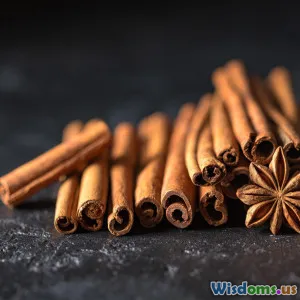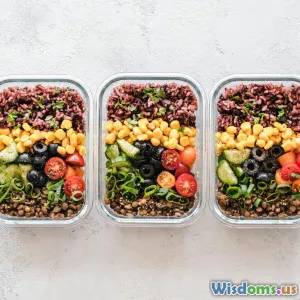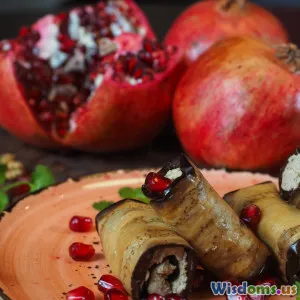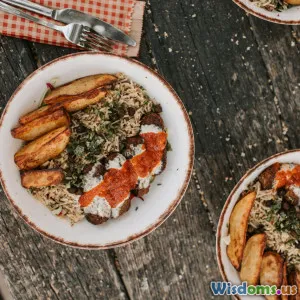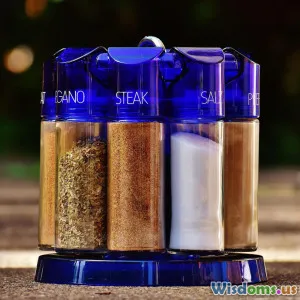
Secrets for Pairing Spices With Everyday Ingredients
15 min read Discover expert tips for matching spices with everyday staples to elevate flavor in home-cooked dishes. (0 Reviews)
Secrets for Pairing Spices With Everyday Ingredients
The difference between a bland dish and a culinary masterpiece often comes down to one essential factor: spice pairing. Whether you’re roasting weeknight vegetables or experimenting with international cuisine, unlocking the secrets of marrying spices with everyday ingredients transforms meals from good to unforgettable. But how do you know which spices work best with what? Here’s a comprehensive guide revealing expert strategies, classic combinations, and creative twists to elevate your home cooking—one pinch at a time.
Embracing Spice: Why Pairing Matters
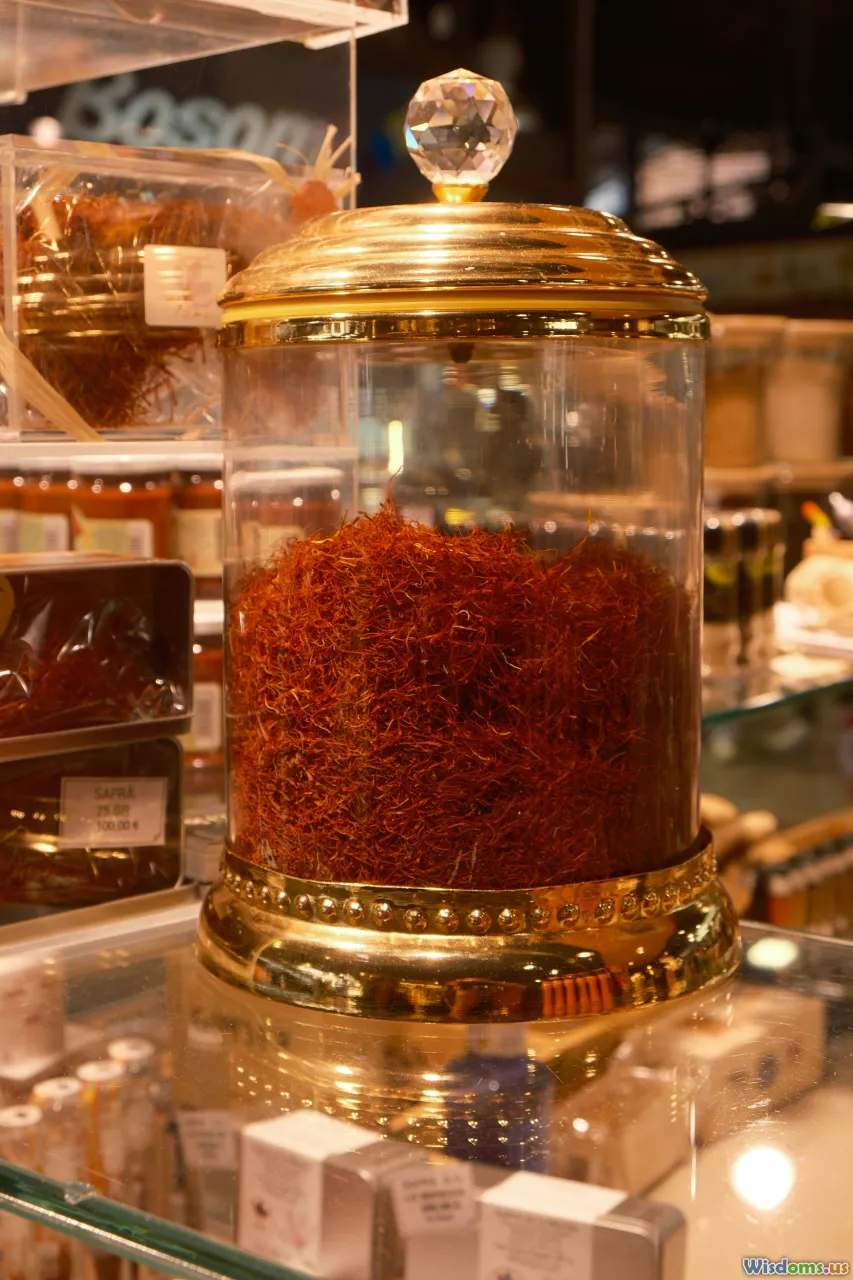
Spices aren’t just about heat or pungency—they create aroma, depth, and complexity. Think about how cinnamon brings warmth to baked goods or how cumin imparts earthiness to meat. When spices are thoughtfully paired with other ingredients, they draw out hidden flavors and add that often elusive wow factor to dishes.
One compelling reason to master spice pairing is the vast array of options at your fingertips. Even the most familiar ingredients—chicken breast, potatoes, or tomatoes—can be reinvented with the right blend of spices. For example:
- Chicken can be Mediterranean with oregano and sumac, Indian-inspired with turmeric and garam masala, or subtly French with tarragon and white pepper.
- Potatoes change from classic with rosemary to bold with smoked paprika, or Middle Eastern with za’atar.
The secret lies not in owning every jar on the supermarket shelf, but in understanding which spices highlight the natural character of your pantry staples.
The Science Behind Successful Spice Pairing
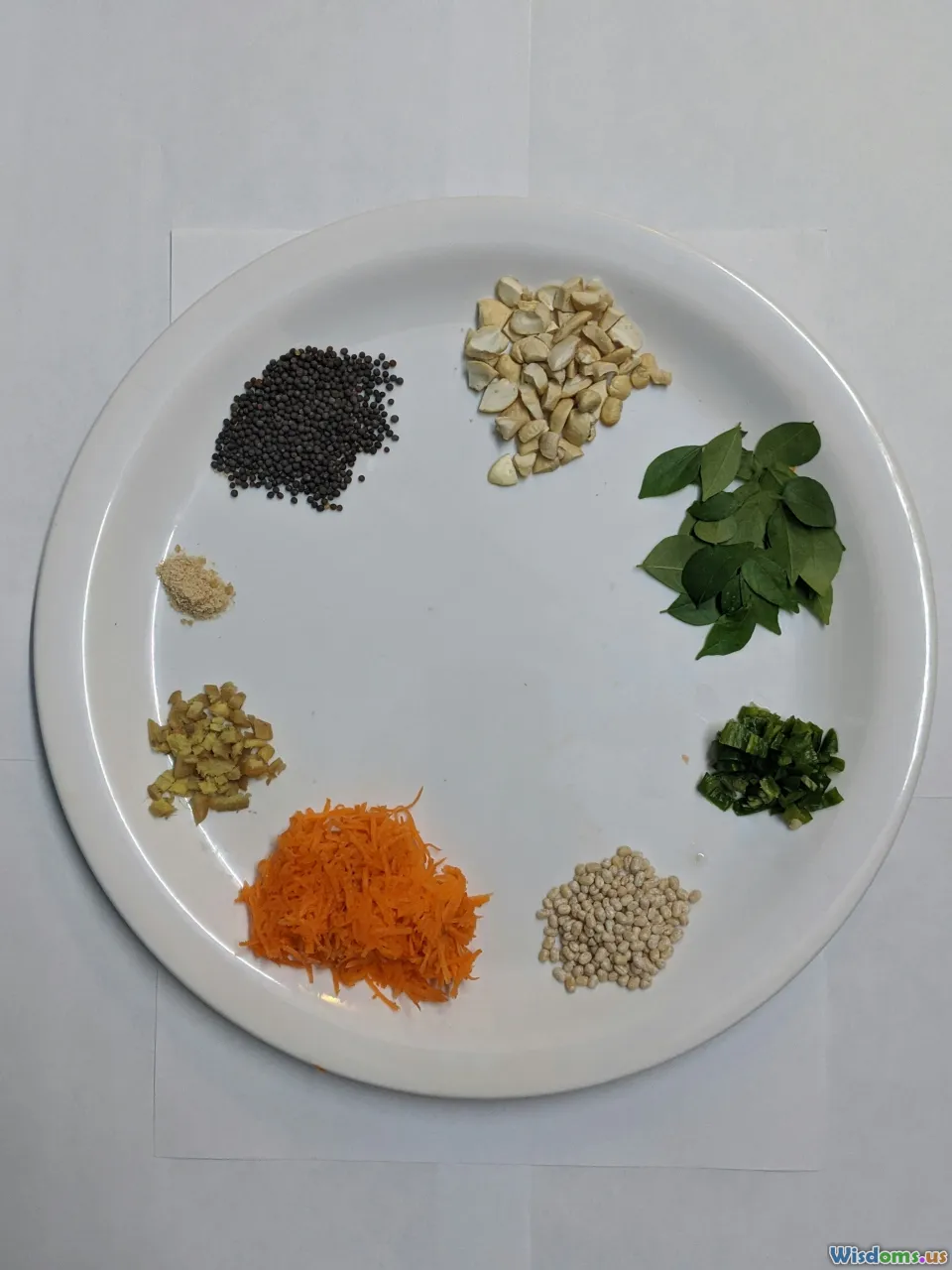
While artistry is vital, there’s science guiding the flavors we love. Here’s why certain spices complement specific ingredients:
- Flavor Matching: Some flavor compounds are present in both the spice and the main ingredient. For example, tomato and basil both share "eugenol," giving that classic Italian harmony.
- Contrast and Complexity: Sometimes, contrasting elements work wonders. Sweet carrots amplified with a touch of warming cumin, or the brightness of lemon zest curated by earthy coriander.
- Mouthfeel and Balance: Spices like Szechuan peppercorns not only add numbness but also bring tingling complexity, balancing fatty foods or liquids.
Renowned chef Samin Nosrat (author of Salt, Fat, Acid, Heat) often emphasizes layering these elements to create a symphony of taste, not random noise. Recognizing the science sharpens your intuition at the stove.
Spice by Spice: How to Use Everyday Favorites

Let’s look at common spices and their best partners. Here are detailed suggestions and tips:
Cumin
Creates nutty, earthy flavors. Goes best with:
- Beans: Spices such as cumin, coriander, and chili powder are fundamentals in dishes like chili con carne.
- Lamb: Try a dry rub with cumin, garlic powder, and paprika.
- Root Vegetables: Roasted carrots tossed in cumin, ginger, and honey make a stunning side.
Cinnamon
Adds warmth and sweetness. Try with:
- Chicken: Moroccan tagines combine cinnamon with ginger, turmeric, and dried fruit.
- Rice: Sprinkle cinnamon on rice pudding with cardamom for an aromatic twist.
- Pumpkin and Squash: Roast with brown sugar, nutmeg, and cinnamon for a fall treat.
Paprika
Ranges from sweet to spicy—adds vibrant color and flavor.
- Eggs: Spanish deviled eggs pop with smoked paprika and chives.
- Potatoes: Try crispy paprika potato wedges with garlic.
Oregano
Traditionally Mediterranean, oregano shines with:
- Tomatoes: Think of pizza sauce or Greek salads.
- Grilled Meats: Sprinkle oregano, lemon juice, and olive oil on chops.
Classic Combinations: Regional Wisdom
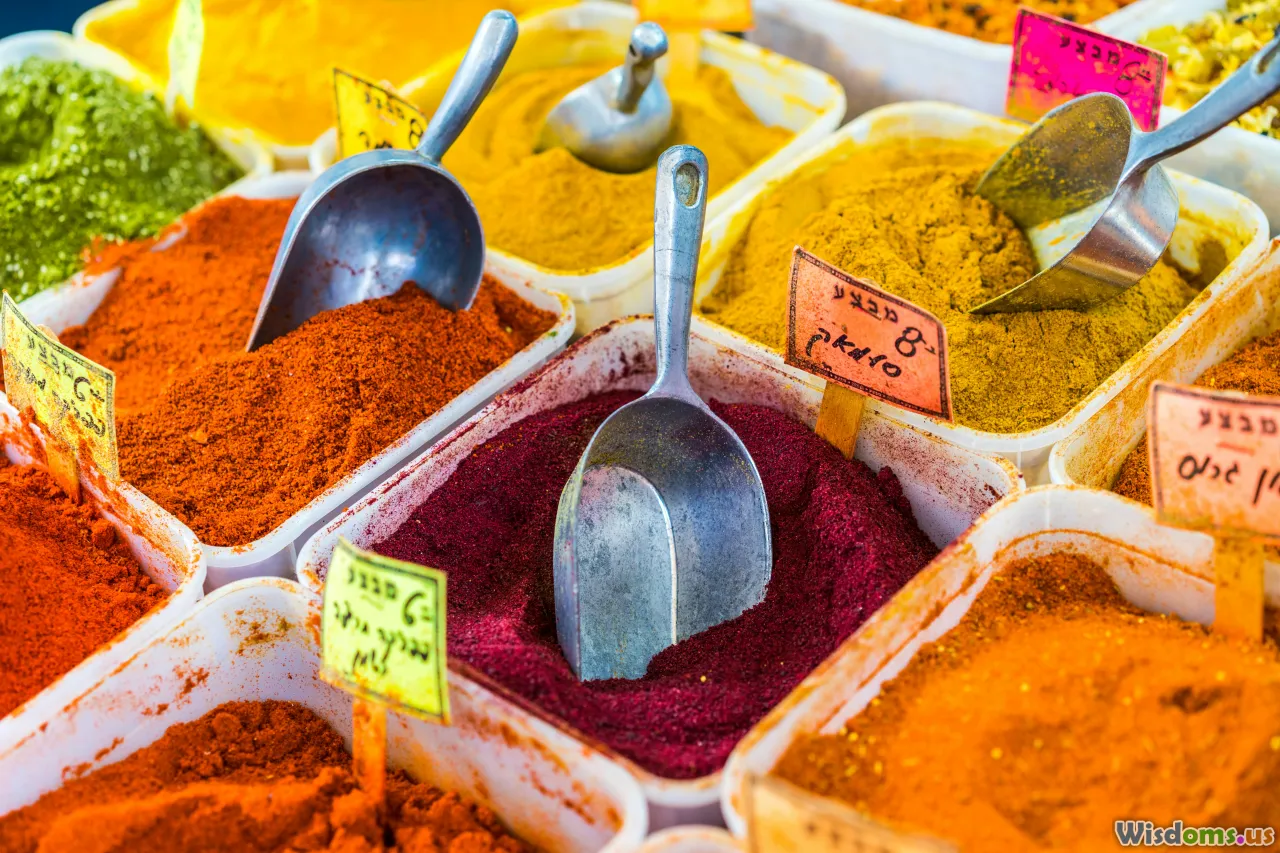
Many enduring spice-ingredient duos are rooted in regional cooking traditions. Drawing inspiration from around the globe brings depth and authenticity to your home kitchen. Consider:
Indian Curries
Key duo: Turmeric + Ginger + Garlic + Coriander with lentils, chickpeas, or spinach. These spices are not just layered for taste but also for digestibility and health. Mustard seeds add nutty bursts, and, oftentimes, garam masala is added near the finish for complex aroma.
North African Tagines
**Cinnamon + Cumin + Paprika + Dried Fruit** with lamb or root vegetables allows a delicate balance of sweet, savory, and aromatic.
Italian Sauces
**Basil + Oregano + Garlic** define classic marinara and pizza.
Mexican Street Corn
**Chili Powder + Lime + Cotija Cheese** on sweet, grilled corn—the acidity of lime brings brightness to the chili’s mild burn.
Learning from these traditions isn’t about copying—it’s about understanding tried-and-true spice maps before charting your own course.
Building Flavors: Step-by-Step Approaches
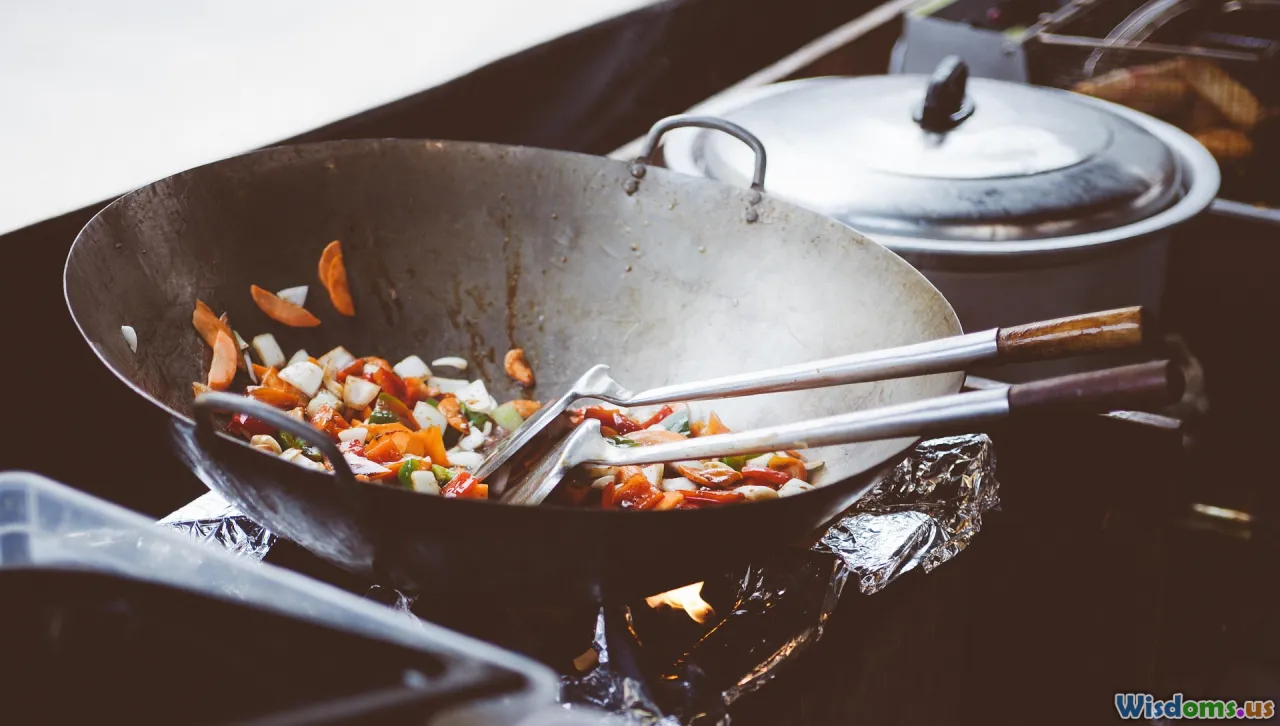
Professional chefs rarely dump all their spices in at one go—instead, they build flavors by layering. Here’s how to do it like a pro:
- Bloom Your Spices: Sauté whole or ground spices in oil at the start. This releases volatile oils and intensifies aroma. For example, cumin seeds fried in hot oil before adding onions to a curry.
- Season Throughout: Sprinkle a bit at each stage—marinating, during cooking, and at the end. Finishing a soup with fresh herbs like cilantro changes the final taste completely.
- Toast for More Flavor: Gently toast spices to remove rawness and yield deeper notes. Ground coriander or fennel, for instance, becomes much more complex when toasted and ground fresh.
Pro Tip: Keep a spice grinder or a mortar and pestle handy! Grinding spices just before use pays delicious dividends over pre-ground jars.
Spotlight: Pairing Spices With Vegetables
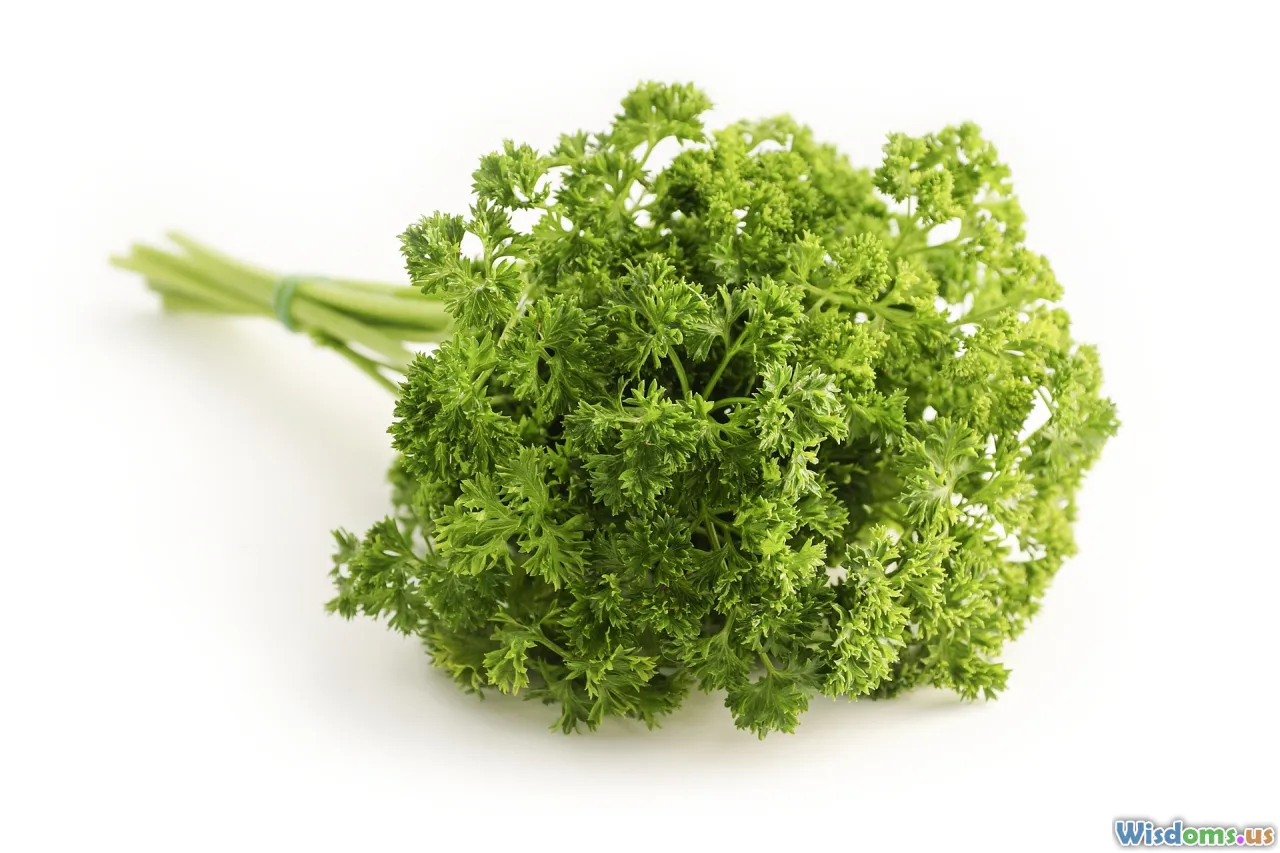
Vegetables sometimes get short shrift, yet they are a canvas for spice experimentation. Here are power pairings and preparation tweaks:
- Broccoli: Lemon zest and chili flakes for brightness and heat.
- Mushrooms: Thyme and black pepper add woodsy depth.
- Cauliflower: Turmeric, cumin, and coriander (try roasting florets tossed with olive oil and these spices, finished with a handful of chopped cilantro).
- Corn: Smoked paprika, lime juice, and a dash of cayenne conjure up Mexican elote.
Roasting versus steaming allows spices to adhere and intensify. Dress steamed vegetables post-cooking with infused oils—try heating garlic and rosemary in olive oil and drizzling over steamed green beans.
Secrets of Sweet and Savory Crossovers

Don’t underestimate spice versatility—many that shine in savory dishes are superb in desserts, and vice versa.
- Cardamom: Essential in Indian chai and carrot halwa, but equally dazzling in Scandinavian buns or as a surprise note in chocolate desserts.
- Black Pepper: A pinch in shortbread highlights butter and tames sweetness.
- Ginger: Equally at home in stir-fries and baked ginger cookies.
Try This: Add a touch of smoked salt and cinnamon to caramel sauces for deeper, layered flavor. Or, dust roasted peaches with Chinese five-spice before serving with vanilla ice cream.
Spices for Proteins: From Chicken To Beans
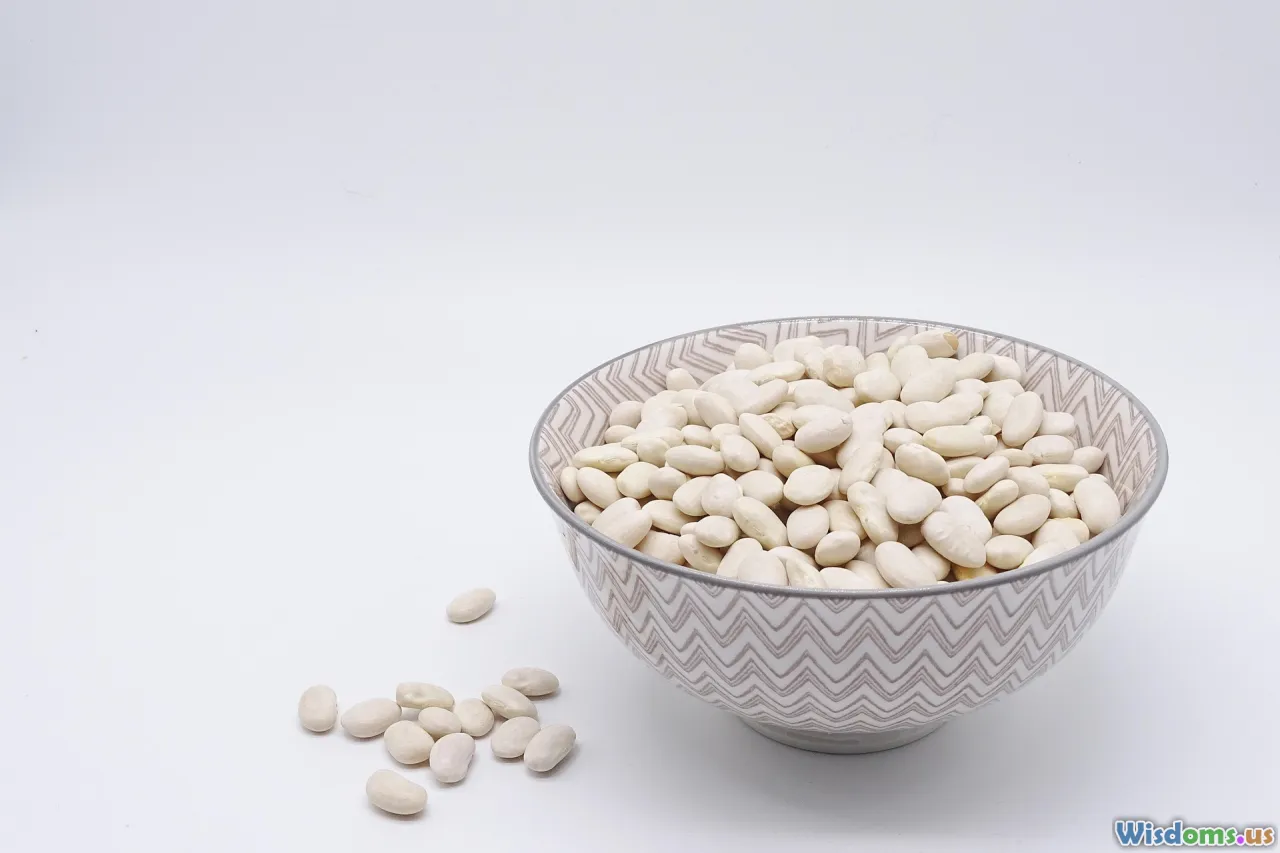
Proteins each benefit from different spices, depending on their flavor intensity and texture:
- Chicken: It's a versatile blank slate. Try lemon zest, rosemary, and black pepper for a classic roast, or go bold with store-bought harissa paste and cumin.
- Beef: Robust enough for punchy blends. Think: ground coriander, chili flakes, allspice, or smoked paprika in rubs; bay leaves in stews.
- Beans & Lentils: Mild and creamy; soak up spices like cumin, turmeric, curry leaves, or Mexican-inspired chili-lime mixes.
- Fish: More delicate, so try light touches—dill, tarragon, coriander, and citrus zest shine. Sumac, a lemony Middle Eastern spice, is fantastic on seared salmon.
Keep in mind that marinating with acids (like lemon or yogurt) not only flavors but also tenderizes meat, making the marriage with spice even more luscious.
How Texture and Cooking Method Influence Pairings

The way you cook an ingredient strongly influences which spices shine. Consider these guidelines:
- Grilling: The high heat and char best support bold spices—smoked paprika, cumin, chili powder hold up well. Fresh chopped herbs (like parsley or mint) should be added after grilling for brightness.
- Baking/Roasting: Milder spices can shine since the heat gently infuses. Nutmeg, coriander, cinnamon, rosemary are favored partners.
- Sautéing/Steaming: Choose delicate, quick-to-infuse herbs and spices—chervil, tarragon, dill, or a quick grind of pepper.
Even how you cut vegetables alters how much spice flavor clings; diced veg absorb more evenly, and thinly sliced potatoes soak up spice-rich oils on every bite.
Mistakes to Avoid (and How to Fix Them)
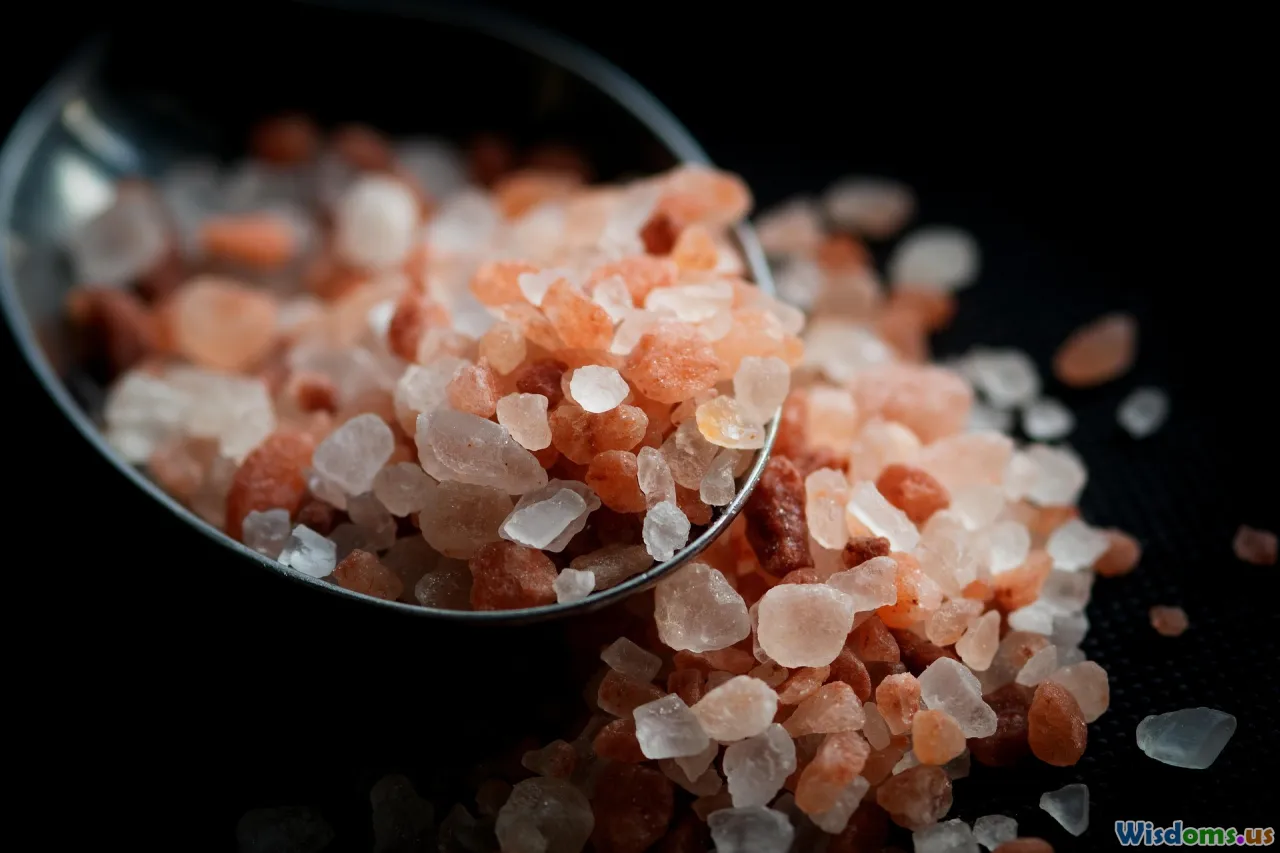
Even experts err—here's how to sidestep common pitfalls:
- Overpowering Flavors: Resist the urge to use too much; a heavy hand with clove or star anise quickly dominates.
- Stale Spices: Old, faded spices taste flat; buy in small quantities and check dates.
- Unbalanced Blends: Taste as you go; sometimes a splash of acid (vinegar or citrus) lifts overly rich spice blends.
- Burnt Spices: Browning spices for too long makes them bitter; toast only until fragrant.
Fix It: For excessively spicy stews, add potatoes—they absorb capsaicin (the spicy compound). Too salty? A squeeze of lemon can mask it, or add a bit of sweetness and stir in a neutral ingredient like cooked grains.
The Power of Personal Palate: Experiment and Evolve
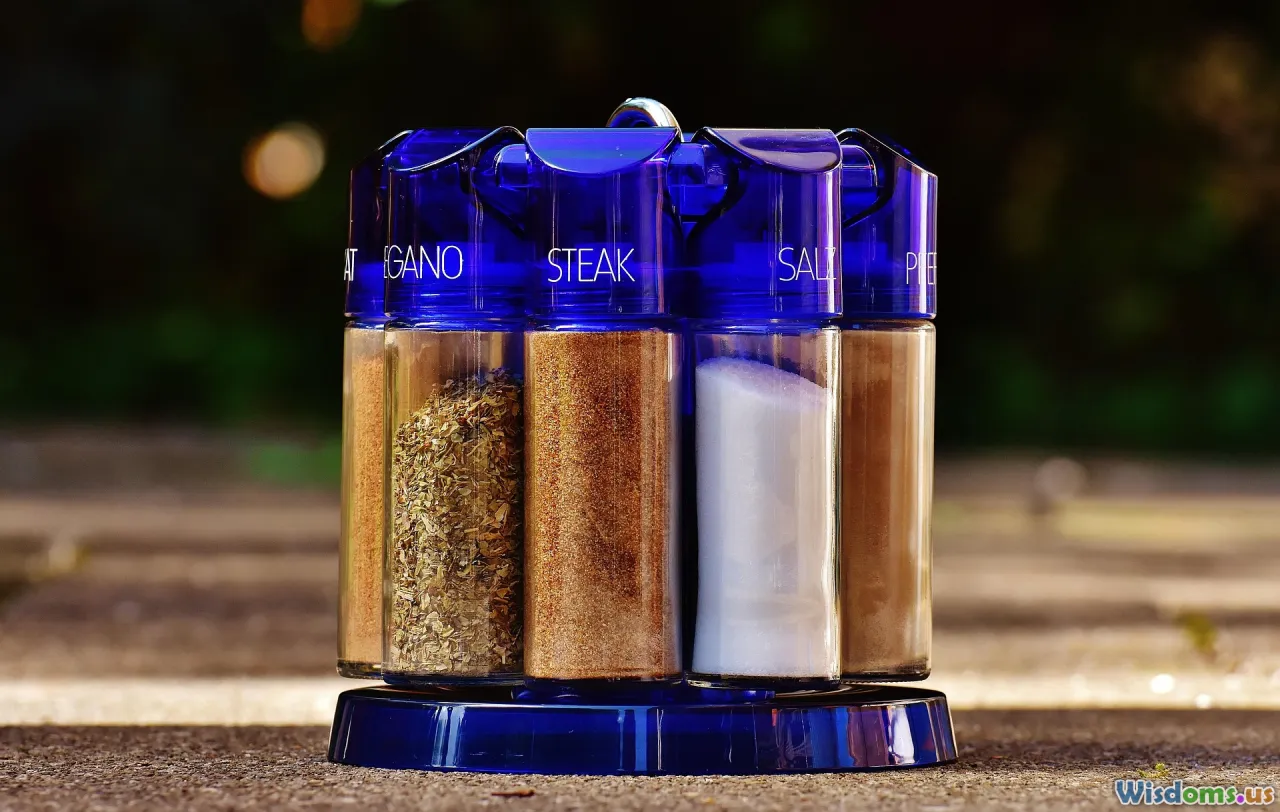
The most magical spice pairings emerge from personal exploration. Build your own blends with a simple technique:
- Start Small: Mix mini-amounts of 2–3 spices and taste with a bit of your chosen ingredient.
- Use a Notebook: Keep notes on what you try. Was cumin too dominant or did lemon zest get lost?
- Explore New Cuisines: Consider how Ethiopian berbere or Japanese togarashi transforms familiar dishes like eggs or fish.
Grow a few herbs (basil, mint, rosemary) on the windowsill for ready use—freshness inspires creativity.
Every cook’s palate is unique. Trust your taste buds, and celebrate the journeys that lead to surprising, sensational results. Each meal cooked is a new chance to discover the secret joy of matching the perfect spice with the simplest ingredient.
Rate the Post
User Reviews
Other posts in Cooking with Herbs & Spices
Popular Posts











